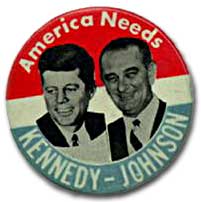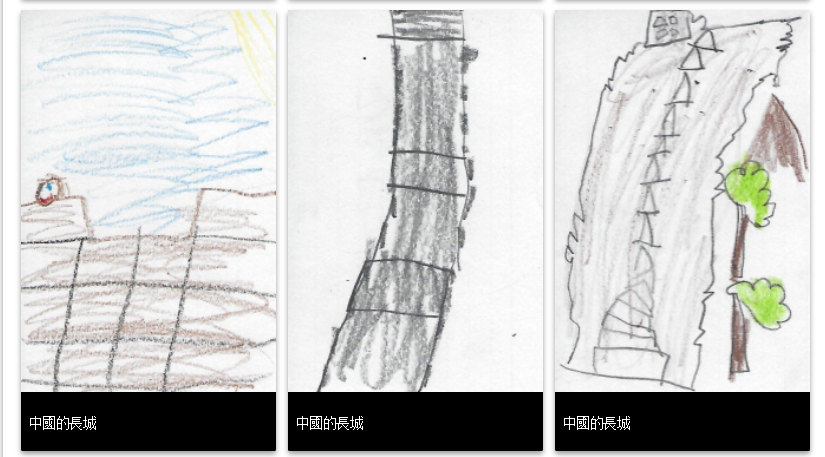Emily Pierce, Deep Run High School
Summary
Working as a large group, first students research and then compile subtopics of key events and people of the 1960’s onto an online document via mural.ly. The ‘class-sourced’ mural provides a blue-print for self-selected pairs of students to use as they investigate specific topics assigned via a lottery. Using print and electronic resources, students analyze and synthesize their research to create online multimedia narratives explaining the topics.
The students are charged to create accurate multimedia descriptions of their topic which their classmates will read to learn content via these online “web log” narratives. Each blog post includes still images and videos (and / or video links) relating to the content. Every team maintains a Google Doc planning guide designed to help the groups meet project deadlines while allowing the teacher to examine, manage and guide the work processes. The planning guide allows the teacher to assess the work of the group both formatively and summatively. After the narratives have been posted, classmates read and respond, providing high quality descriptive comments including commendations and recommendations.
TIPC Ratings
As part of an ongoing effort to promote research fluency, students receive instruction on advanced search strategies and methods to determine the accuracy of online resources. Students use their planning guide to document research strategies, content obtained and any additional questions the new learning fosters. They use MS Word to originally organize and assemble their narratives and then post them online in a class blog. As a result, this lesson is rated as approaching.
Students work in self-selected teams and use Gmail and the shared Google Docs planning guide to organize their work and document the roles each participant assumes as they complete the project. This lesson is rated as approaching.
The use of the planning guide helps students generate and regenerate purposeful questions to guide their research and help develop critical thinking skills. As researchers and authors, they analyze and synthesize information in order to create and effectively communicate their story line to their classmates (and to a larger population) via the class blog. This lesson is rated as approaching.
Working in teams, students choose the style of the written narrative as well as the images and media that effectively support the telling of their view of history. As a result, this lesson is rated as approaching.






